|
|
|
|
Products mentioned in this Article
--None--
|
|
|
|
|
|
|
|
|
 |
|
|
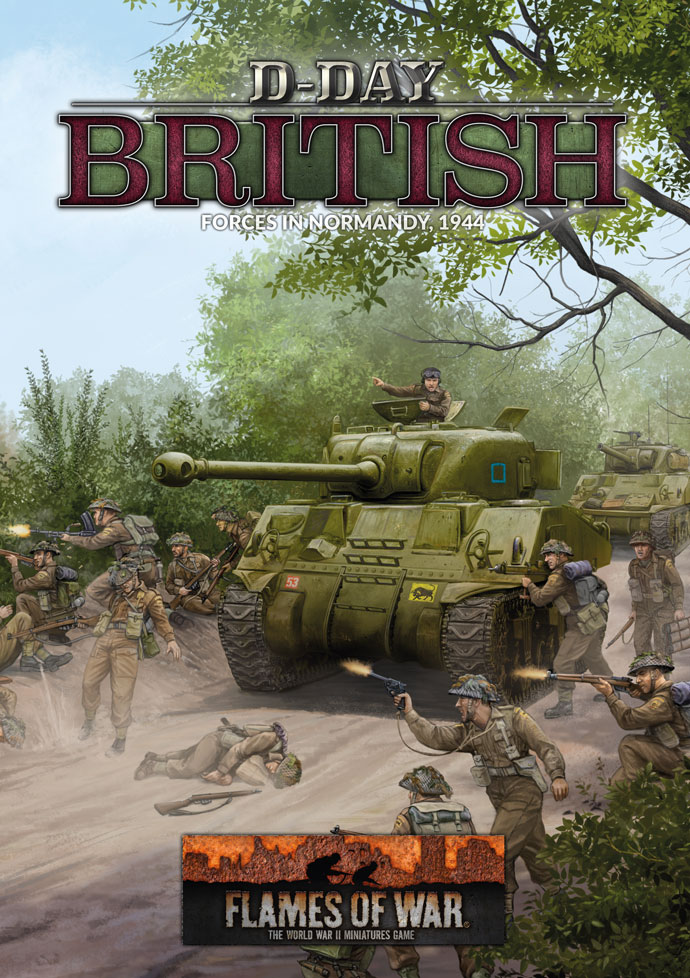 |
2nd Canadian Infantry Division: History
by Alexander Moore
The 2nd Canadian Infantry Division had a long and illustrious history in WWII. It was mobilized early, in 1939, and was picked for the 1942 Dieppe raid because of its excellence in its years of training and garrison duty. After this, the division prepared for the assault on Festung Europa along with divisions from all over the Anglo-American world. Spared the Normandy landing, the 2nd Canadian Infantry Division quickly lost blood in the fierce fighting for Caen and Falaise. It then fought through Northern France and the Low Countries to secure ports for Allied shipping, ending the war in Northwest Germany.
The wartime struggles of the 2nd Canadian Infantry Division exemplify those of many volunteer Commonwealth divisions fighting on the Northwest Front. While the men were of excellent calibre, the commanders often put it in situations where the determination and experience of Wehrmacht forces had the advantage, and the casualty rates showed it.
|
|
Air superiority and plentiful supplies could not make up for these command problems. Only determination, dedicated service, and great sacrifice brought the Canadians the respect of their comrades and their enemies alike.
1939-1941: Formation and Training
The 2nd Canadian Infantry Division mobilized on 1 September 1939, formed from long-standing regiments as well as militia units. Volunteers quickly filled the ranks, but it took until June 1940 to form the Brigade and Division headquarters. Its three infantry brigades were organized by provinces, numbering the Fourth (Ontario), Fifth (Quebec) and Sixth (Prairie Provinces) [4IB, 5IB, and 6IB]. Its development was hindered by staff turnover, equipment shortages, French-English cultural tensions, and regiments scattered as garrisons. Many of its commanders, older veterans of WWI like Major General Odlum, were replaced by freshly-trained younger men without wartime experience.
|
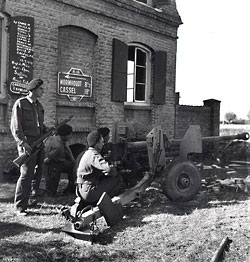 |
| The entire division was originally destined for Iceland, but Winston Churchill personally intervened to redirect these “fine troops” to a United Kingdom threatened by German invasion. The Prime Minister wanted it to form a Canadian Corps with the First Division (1CID), which it eventually did as the Canadian Second Corps. |
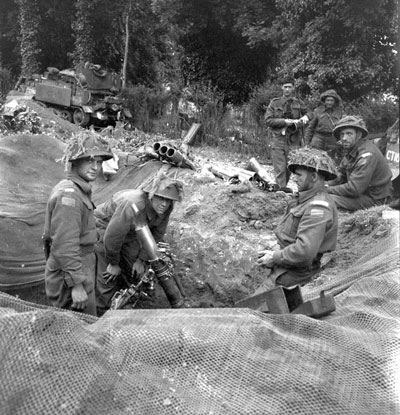 |
After arrival, the 2nd Canadian Infantry Division was reorganized. Intrinsic reconnaissance and light anti-aircraft regiments were added in 1941. Its full complement of modern weapons was slowly acquired, including more Bren guns, 25 pdr artillery, and essential anti-tank guns. The 5IB’s Calgary Highlanders Regiment became proficient in “Battle Drill” and taught it to the rest of 2nd Canadian Infantry Division. This training’s emphasis on small unit tactics and toughening the men with all-weather marches and drills, live ammunition and slaughterhouse visits was controversial but must have helped prepare the men for life in the field if nothing else. Combined with good staff work under Major General J.H. Roberts, the division performed well in training exercises and was considered one of the best trained divisions available in Britain at the time.
1942-1943: Operation Jubilee and Recovery
This high regard for 2nd Canadian Infantry Division resulted in it being selected for the August 1942 “Operation Jubilee”, a raid by two supported infantry brigades against German positions in the French port of Dieppe.
|
|
The ensuing debacle resulted in 50% of the participants being captured or casualties. Among many citations, Major General Roberts was awarded the Distinguished Service Order, and the chaplain of the 4IB Royal Hamilton Light Infantry (the “Rileys”) won a Victoria Cross.
Much has been written about Dieppe, but here the most important aspect is its affect on 2nd Canadian Infantry Division. Its participating regiments sustained high losses, such as the Rileys losing 85% of their men, and would have to be rebuilt from scratch throughout 1943. These large turnovers in personnel combined with three division commanders passing through lowered the readiness of the division.
|
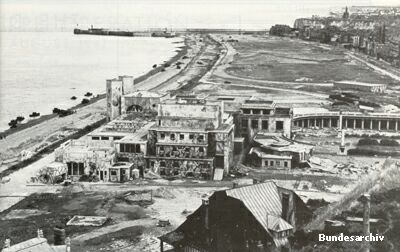 |
| The start of 1944 didn’t bring immediate improvements as all three brigade commanders were replaced and their sixth commander, Charles Foulkes, took over. Foulkes was their first commander who was not a veteran of WWI, and in like manner all other vestiges of the Great War were swept away; everything from the old shoulder patches to the WWI pattern Enfield rifles with sword bayonet and the box respirators was discarded or modernized. |
|
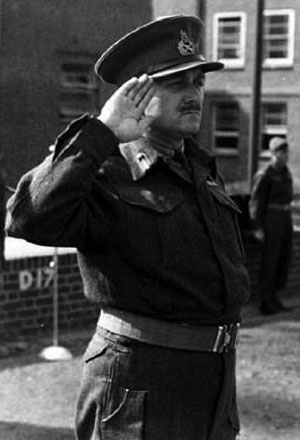
Major-General Charles Foulkes standing at attention
during an inspection of Canadian troops in England,
May 12th, 1944. Photograph by Jack H. Smith. Department of National Defence/National
Archives of Canada, PA-133972.
|
1944: Fighting Beyond the Normandy Beaches
The 2nd Canadian Infantry Division served with the British 2nd Army in Normandy as part of the II Canadian Corps, alongside the 3rd Canadian Infantry Division and 4th Canadian Armoured Division. Although spared the landings at Juno, the division was hit hard in the series of operations in and around the vital city of Caen. These included Charnwood on 9 July quickly followed by Atlantic and then Spring on 22 July. As part of these, 2nd Canadian Infantry Division pushed forward to the Verrieres Ridge, a name destined to rival Dieppe in its history. In its 20 July assault, the division lost over 300 men and only gained a small foothold on the lower slopes of Verrieres. Subsequently, 4IB was barely able to take Verrieres village while 5IB suffered heavily, the Black Watch attacking with 350 men and being reduced to just 15 survivors.
Subsequent actions involved the Canadians pinning the Germans down locally while the main effort shifted to other areas. 2nd Canadian Infantry Division was involved with local attacks but the Germans were still able to shift important armoured units to face other threats. As part of the drive on Falaise, 2nd Canadian Infantry Division participated in operations Totalize and Tractable, entering Falaise on 16 August. Despite the disaster facing the German 7th Army, 2nd Canadian Infantry Division experienced fierce fighting in the Foret de la Londe from 27 to 29 August.
1944: Fighting for the Channel Ports
In an appropriate gesture by army commanders, 2nd Canadian Infantry Division captured Dieppe and observed the second anniversary of Jubilee there on 3 September.
|
| The next day British forces took the Belgian port of Antwerp, but it was useless until the Scheldt estuary leading to it was cleared of numerous coastal batteries. In 33 days of tough fighting, the division sustained more than 3,000 casualties and earning several more battle honours so Antwerp could supply the Allied effort. |
|
1944-1945: Final Operations in Holland and Germany
Operations to clear the Rhine approaches and then cross the great river itself brought 2nd Canadian Infantry Division more heavy action. From the forest of the Reichswald, in towns like Xanten and Groningen, and crossing the Rhine, the division continued to contribute to the Allied offensive.
It ended the war in Hanover, Germany, with a Wehrmacht counter-attack hitting it as late as 23 April 1945. On VE day a fortnight later, the war in Europe ended.
|
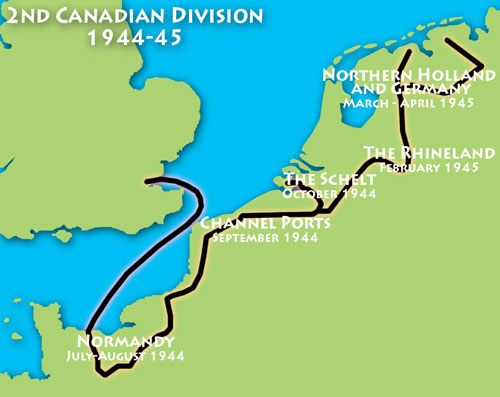 |
|
With the highest casualty rates in the Northwest Europe theatre and many tough assignments, the 2nd Canadian Infantry Division earned its victory laurels the hard way.
Below left: One of the most widely reproduced Canadian photographs of the Second World War. Sergeant Harold Marshall, of the Calgary Highlanders [5CIB] Scout and Sniper Platoon, posed for Army photographer Ken Bell near Fort Brasschaet in Belgium, September 1944. (PAC).
|
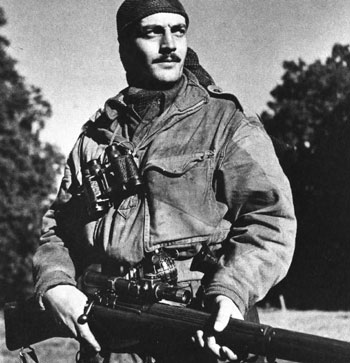 |
Order of Battle - 1944-1945
The Toronto Scottish Regiment (Machine Gun)
(Second Canadian Division Support Battalion)
Fourth Canadian Infantry Brigade
The Royal Regiment of Canada
The Royal Hamilton Light Infantry
The Essex Scottish Regiment
Fifth Canadian Infantry Brigade
The Black Watch (Royal Highland Regiment) of Canada
Le Régiment de Maisonneuve
The Calgary Highlanders
Sixth Canadian Infantry Brigade
Les Fusiliers Mont-Royal
The Queen's Own Cameron Highlanders of Canada
The South Saskatchewan Regiment
Divisional Troops
8th Recce Regiment (14th Canadian Hussars)
|
|
Royal Canadian Artillery
Headquarters, Second Divisional Artillery, RCA
4th Field Regiment
2nd (Ottawa) Field Battery
14th (Midland) Field Battery
26th (Lambton) Field Battery
5th Field Regiment
5th (Westmount) Field Battery
28th (Newcastle) Field Battery
73rd Field Battery
6th Field Regiment
13th (Winnipeg) Field Battery
21st Field Battery
91st Field Battery
2nd Anti-Tank Regiment
18th Anti-Tank Battery
20th Anti-Tank Battery
23rd Anti-Tank Battery
108th Anti-Tank Battery
3rd Light Anti-Aircraft Regiment
16th Light Anti-Aircraft Battery
17th Light Anti-Aircraft Battery
38th Light Anti-Aircraft Battery
|
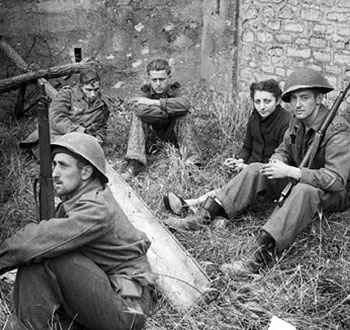
Canadian soldiers watch a French woman and German prisoners near Caen, 19 July 1944
|
|
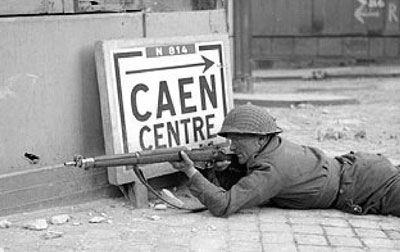
A Canadian soldier in the ruins of Caen looking for German sharpshooters, 9 July
|
Corps of Royal Canadian Engineers
Headquarters RCE
1st Field Park Company, RCE
2nd Field Company, RCE
7th Field Company, RCE
11th Field Company, RCE
One bridge platoon
Royal Canadian Corps of Signals
Royal Canadian Army Service Corps
Royal Canadian Army Medical Corps
Royal Canadian Ordnance Corps
Royal Canadian Electrical and Mechanical Engineers
|
| Canadian Postal Corps
Canadian Provost Corps
Canadian Intelligence Corps
Fielding them in Flames Of War
To field the 2nd Canadian Infantry Division simply use Rifle Company in D-Day: British combined with the Relentless Command Card that gives Canadian Units Rally 3+.
|
|
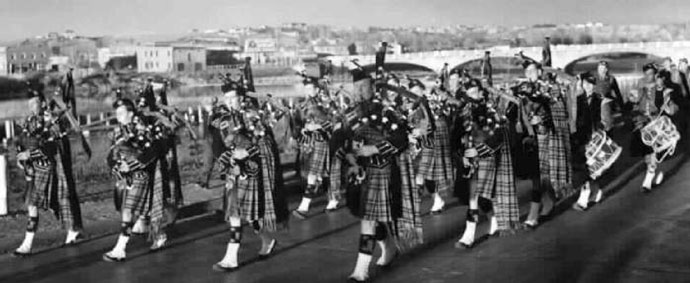
Pipes and Drums lead the battalion in Royal Stewart tartan, route march, Calgary, 1940.
|
Last Updated On Monday, April 20, 2020 by Wayne at Battlefront
|
|
|